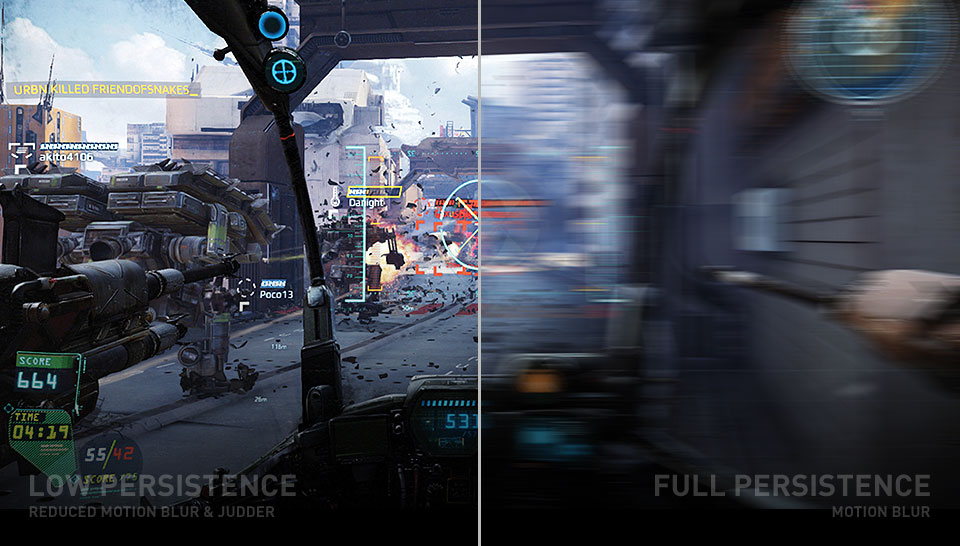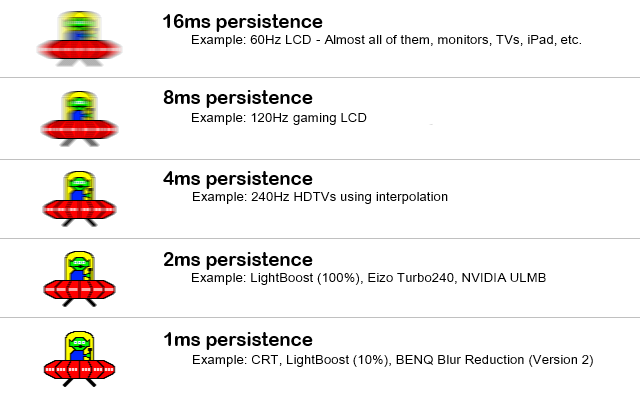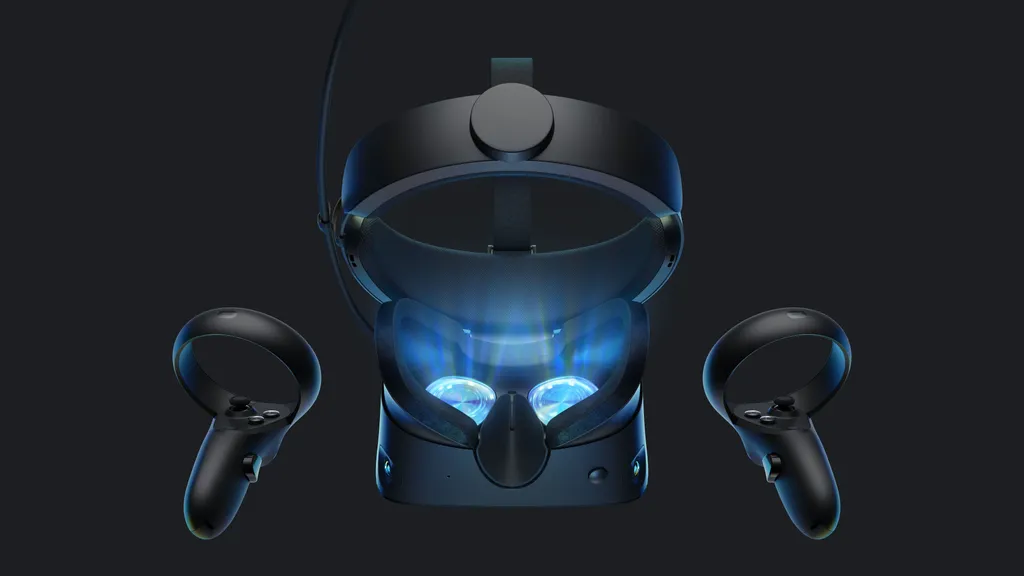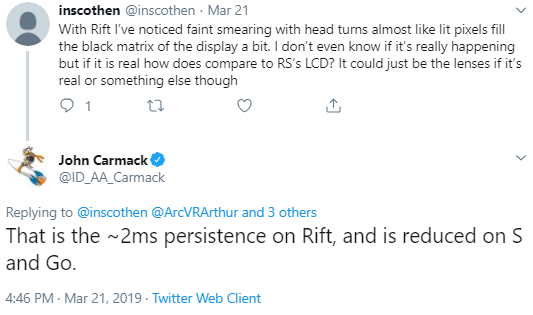The recently announced Oculus Rift S has lower pixel persistence than the original Rift– or than Oculus Quest. That’s according to CTO John Carmack on Twitter.
Rift S has a lower refresh rate than the Rift- 80 Hz vs 90 Hz. But unlike with smartphones and monitors, in VR refresh rate is only half of the equation for how smooth motion will be. The other far less discussed (but just as important) aspect is the pixel persistence.
Low Persistence
Pixel persistence is the amount of time per frame that the display is actually lit rather than black. “Low persistence” is simply the idea of having the screen lit for only a small fraction of the frame.

Without low persistence the image will appear to “smear” as you look around in VR. Why? Because the longer a frame goes on for, the less accurate it will be compared to where you’re currently looking. Your brain is recieving the same exact image for the entire frame even as you turn your head- in real life your view would constantly adjust.
The traditional approach to solving smear would have been to just increase the refresh rate to decrease the time of each frame. But low persistence is a much cheaper solution that works just as well. Low persistence can deliver the same blur reduction as a 500 Hz panel would. And let’s not even think about the idea of running VR games at 500 FPS.
Low persistence was first shipped in the Oculus Development Kit 2 in 2014. It had been discovered by both Oculus through Blur Busters and Valve through Michael Abrash’s research there.
All VR headsets on the market today, with the exception of the $30 Walmart headsets, use low persistence. It is essential to good VR.
Rift S
When asked by a Twitter user whether this was responsible for “faint smearing” on the original Rift, Carmack replied in the affirmative, and confirmed the Rift’s pixel persistence as 2 milliseconds.

Diagram from Blur Busters
So despite Rift S having a lower refresh rate on paper, the headset should technically deliver less blur than the original. For what it’s worth, we didn’t notice a difference in smoothness in our hands on with Rift S, so perhaps the lowered refresh rate and persistence cancel each other out.
This topic highlights how unsuitable traditional “spec sheets” are for VR. The classical metrics we still use today like refresh rate per second do not fully describe the many interacting “sub-specs” that create a VR experience. Unfortunately, the primary cause of this situation is that VR headset companies rarely release such specs- other than on Twitter from time to time.






























